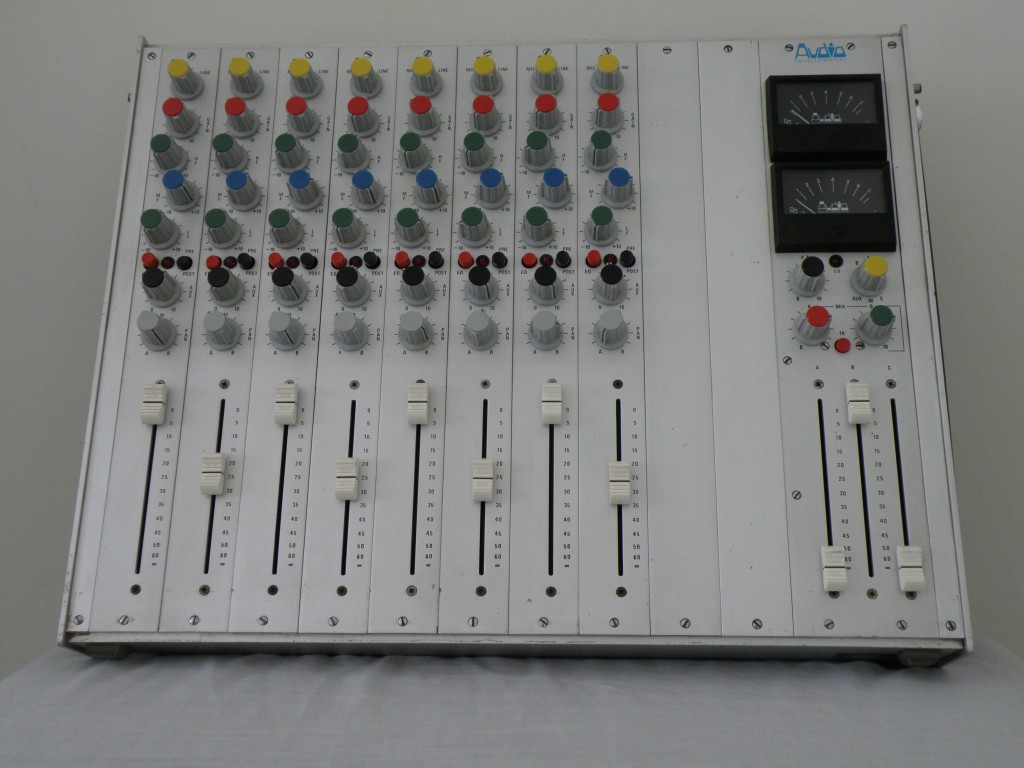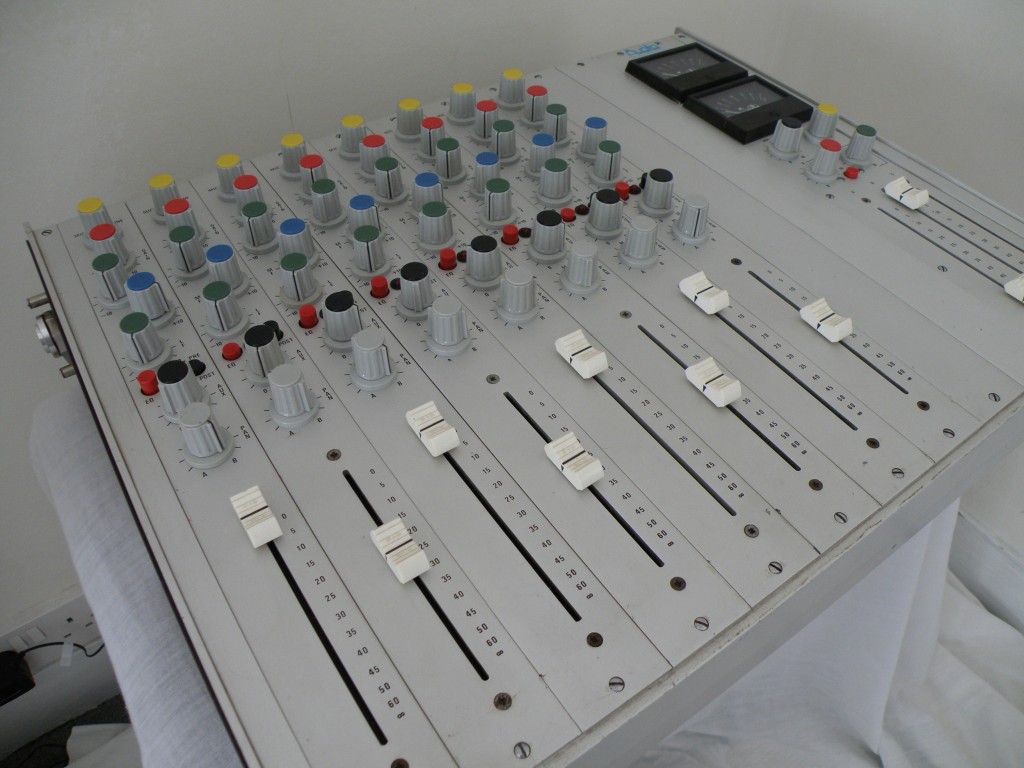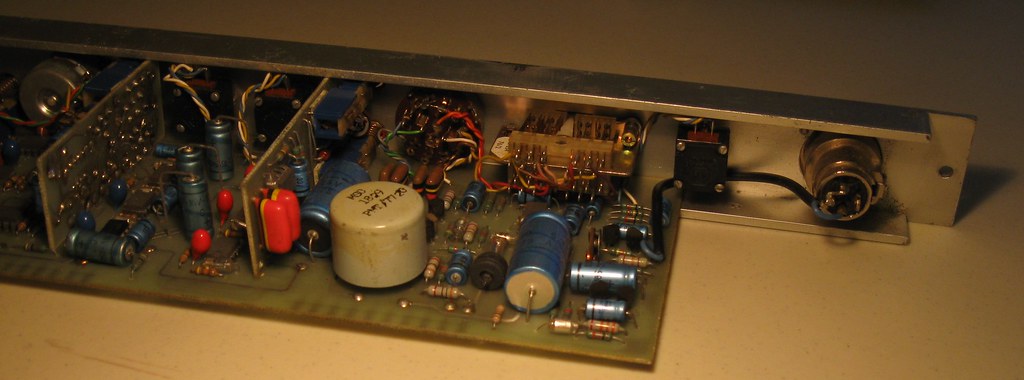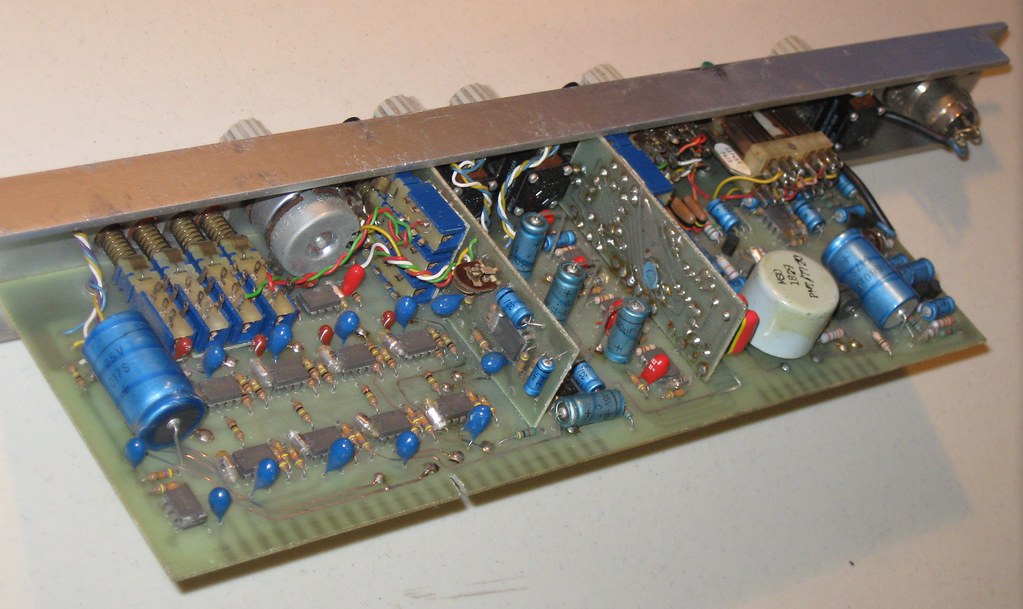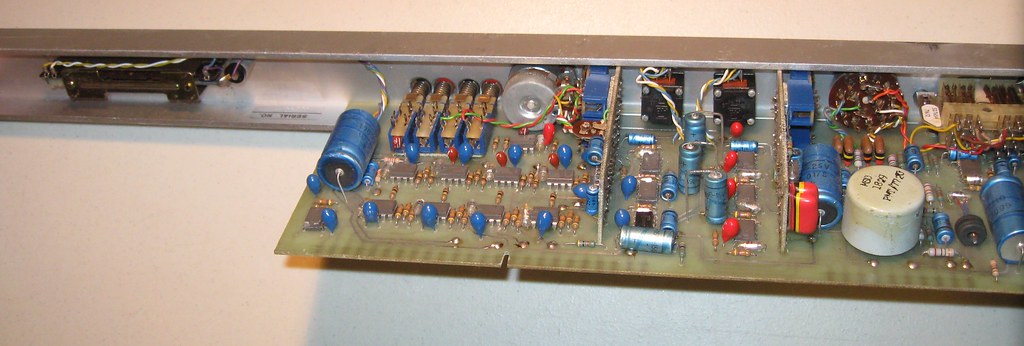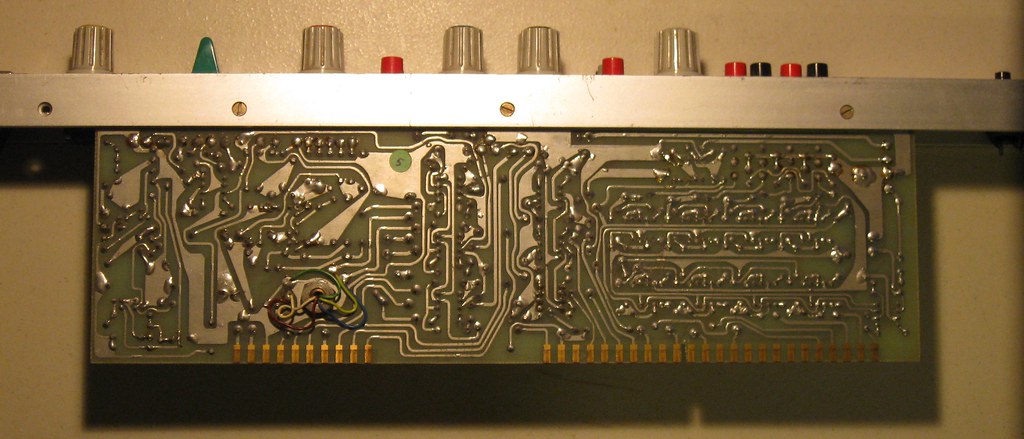mac
Well-known member
Hey Ritz,
I am sure together we can figure this out!
Yes, I agree both obvious oversights on my behalf. Pin 4 seems to be pre-eq and pin 5 post eq. Perhaps one is an insert? I guess this would need two pins (send - return) and a shared audio ground (could be pin 3) though...Pin 29 being a 'direct' out makes good sense.
Yes, I agree. I just havent been brave enough yet to apply Volts
11
also, How did you insert the pics?? I can only seem to attach pics via the additional options tab when I post!
Mac.
I am sure together we can figure this out!
Regarding pins 4 and 5, the fact that there's a positive and negative line input connection suggests that the line level input is balanced. I'm not sure, but is this usually the case with line inputs on mixers? I always thought these would generally be unbalanced inputs. Also, the connection from pin 5 to the blue wire on the FB pot and the fader has me baffled. And pin 29, I wonder if this would be a 'direct' channel out.
Yes, I agree both obvious oversights on my behalf. Pin 4 seems to be pre-eq and pin 5 post eq. Perhaps one is an insert? I guess this would need two pins (send - return) and a shared audio ground (could be pin 3) though...Pin 29 being a 'direct' out makes good sense.
I think I need to just get a hold of a bipolar power supply, connect it to a channel and then play around with feeding some signal through the input. That would help answer a few questions and also help to unlock how all the panning and buss send connections are routed and how they correlate to one another.
Yes, I agree. I just havent been brave enough yet to apply Volts
11
also, How did you insert the pics?? I can only seem to attach pics via the additional options tab when I post!
Mac.



































